A lot of people use Gmail daily to send and receive mail. The estimated number of global users in 2020 was 1.8 billion. Gmail works on the SMTP protocol over port number 587. In this article, I demonstrate how to configure your SMTP web server and send mail automatically from Ansible and using ansible-vault to secure passwords.
Encrypt your password file
The ansible-vault command creates an encrypted file where you can store your confidential details.
ansible-vault create secret.yml
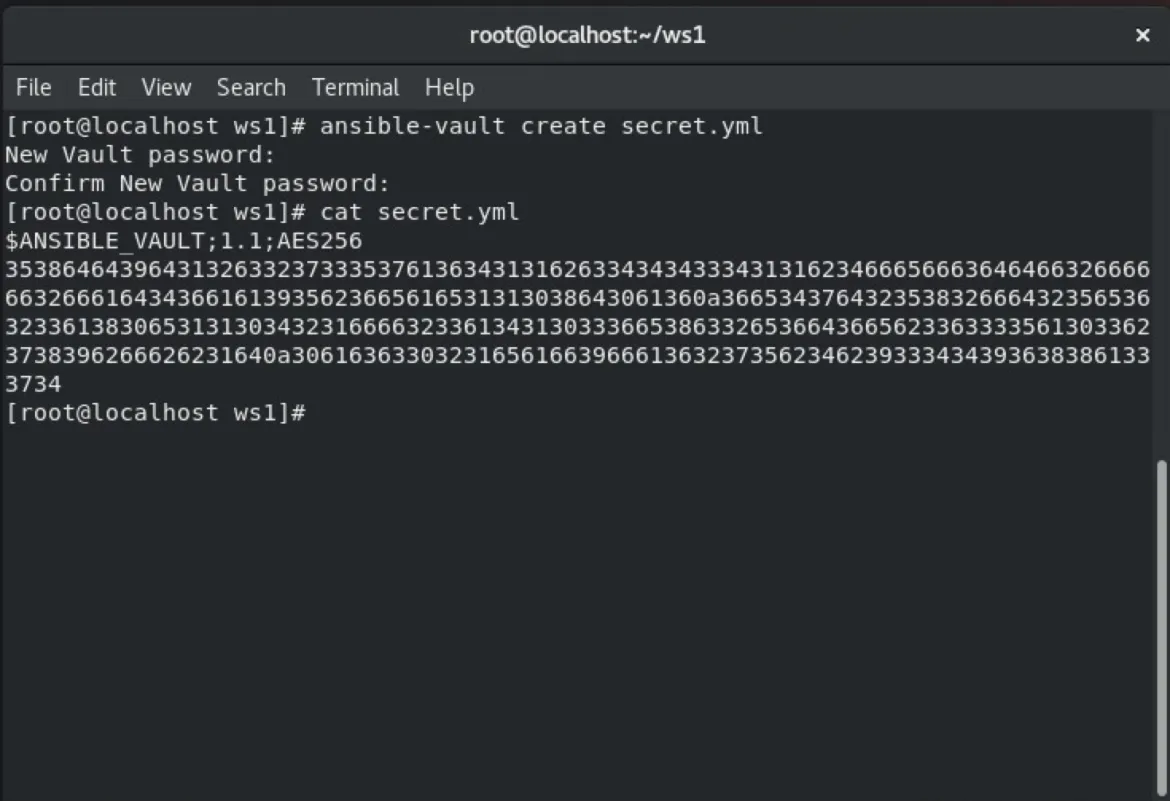
[ You might also like: A sysadmin's guide to configuring an email server ]
Gmail setup
By default, Gmail doesn’t permit Less secure app access to their web server. For this, you have a solution: You can change the setting to enable Less secure app access.
Go to your Google account:
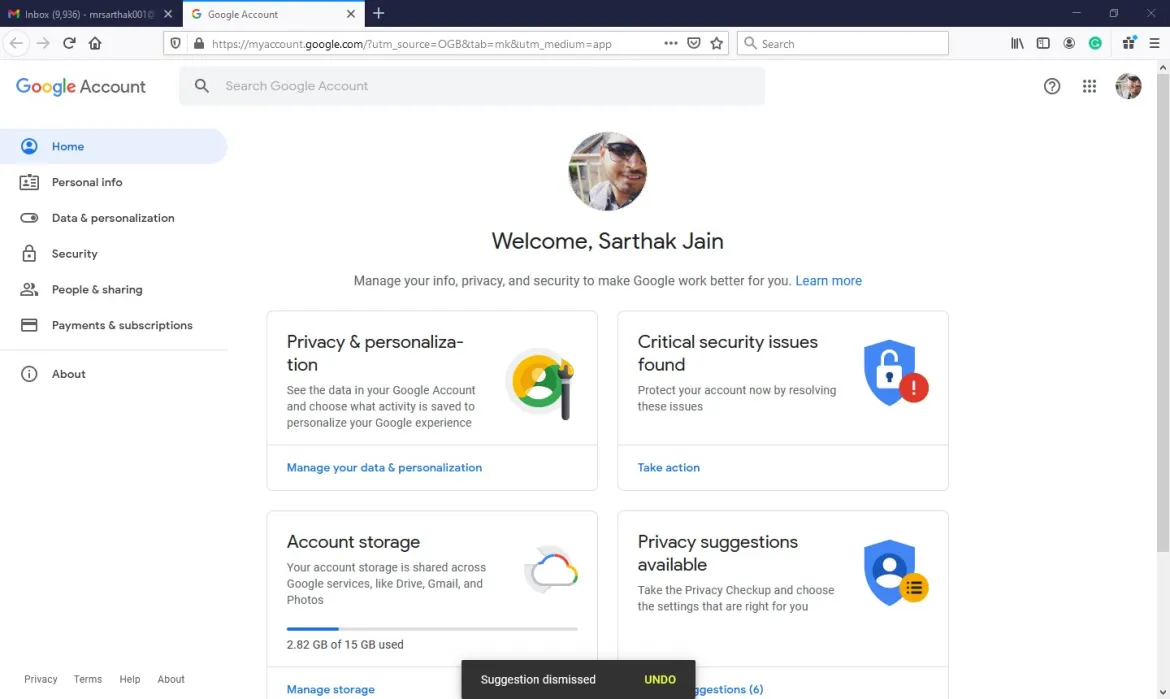
Click on Security and scroll down:
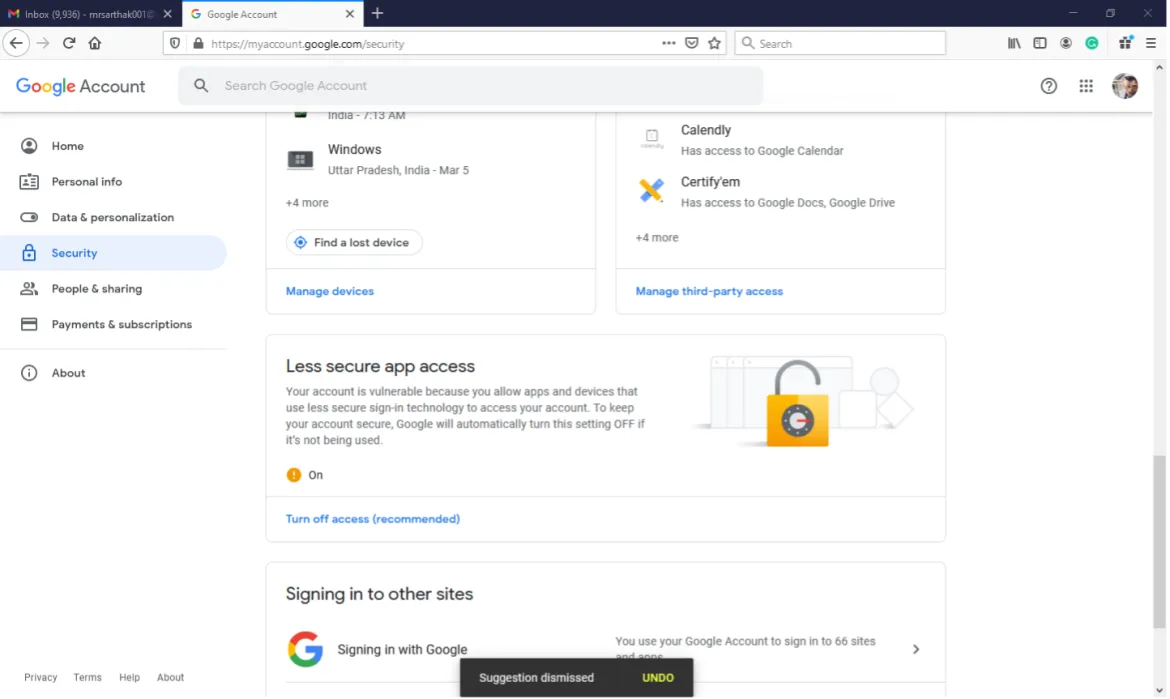
Click on Less secure app access and allow it:
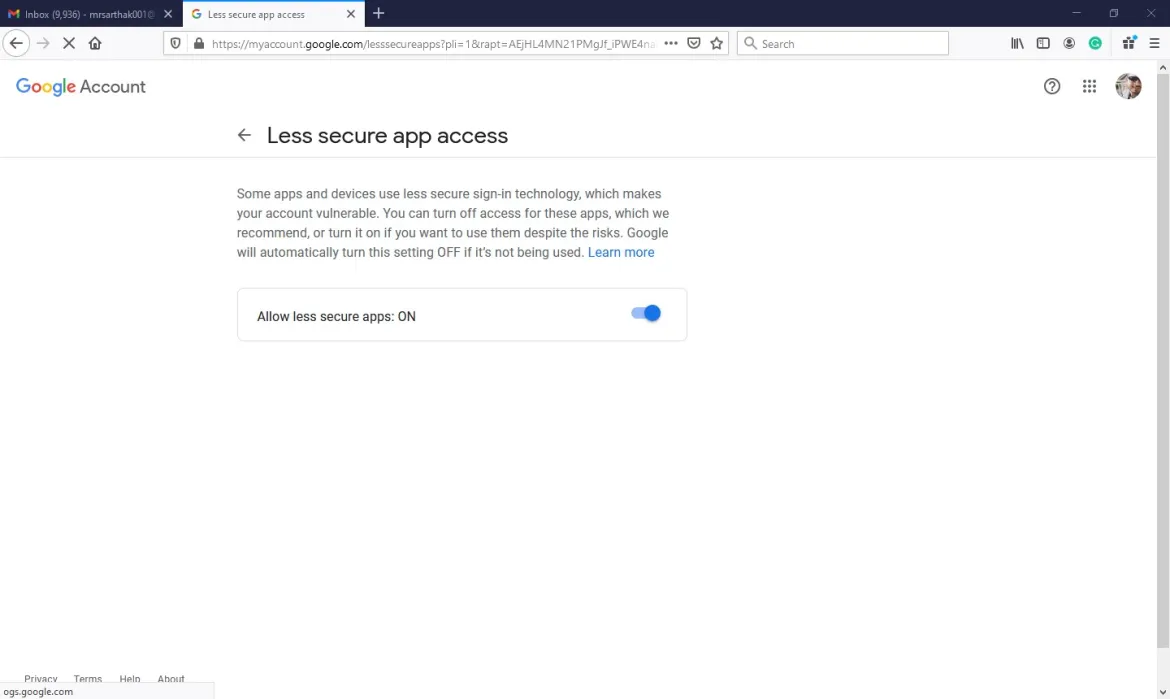
Email Playbook
Configure the localhost as your web server, which is working on SMTP protocol over port 587. Username, password, and to fields are the Ansible modules. Subject and body are modules in which you can provide our subject and body content. The following is the email.yml file.
---
- hosts: localhost
vars_files: secret.yml
tasks:
- name: Sending an email using Ansible
mail:
host: smtp.gmail.com
port: 587
username: [email protected]
password: "{{ p }}"
to: [email protected]
subject: Email By Ansible
body: Test successful
delegate_to: localhost
Run the playbook
Run the playbook with the given command below. Use –ask-vault-pass flag while running the playbook with this keyword Ansible ask vault password and run your playbook.
ansible-playbook –ask-vault-pass email.yml
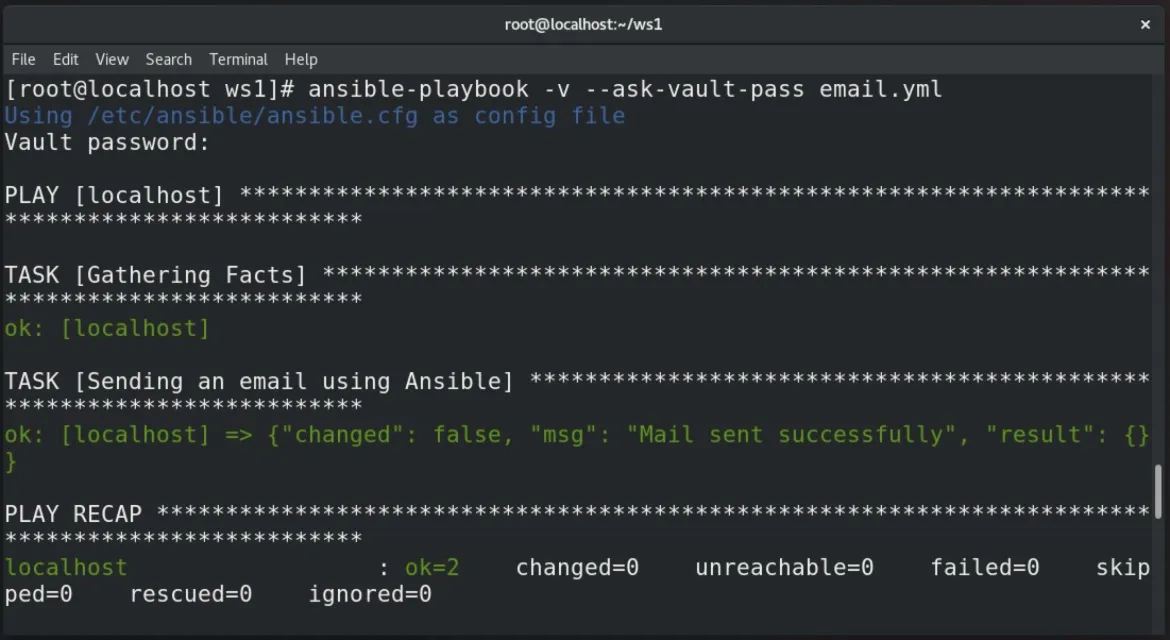
The email is sent successfully:
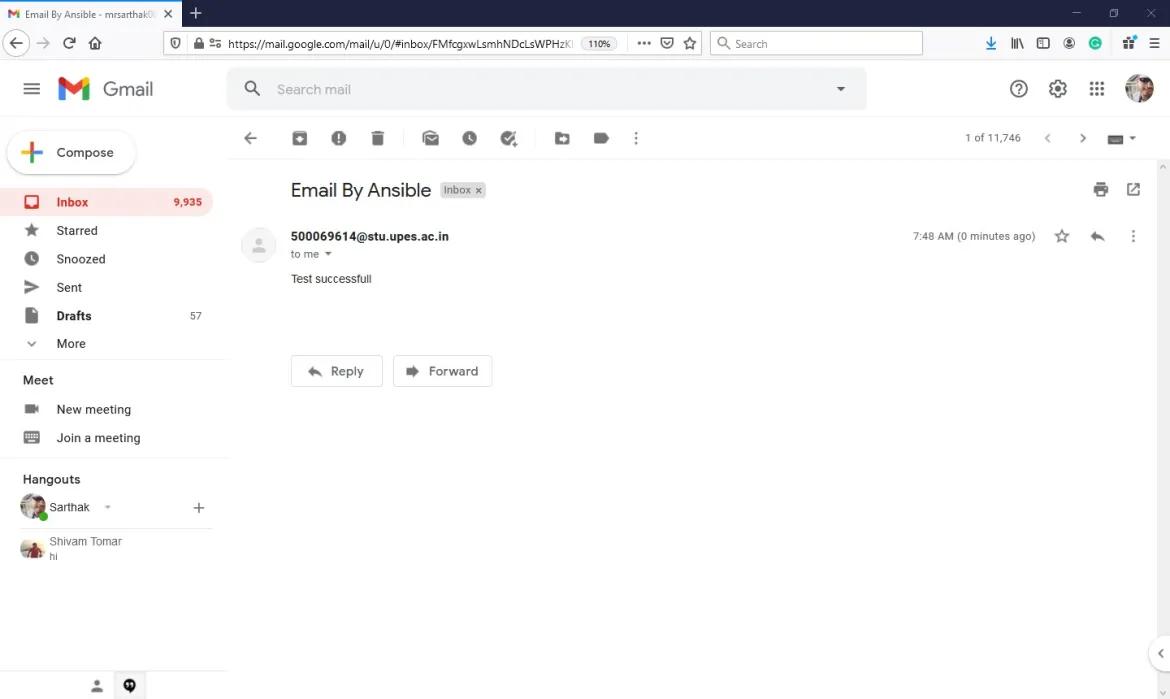
[ A free guide from Red Hat: 5 steps to automate your business. ]
Wrap up
These steps demonstrate how to configure Gmail to send email messages from Ansible. In addition, you can secure your passwords in Ansible Vault.
À propos de l'auteur
Sarthak Jain is a Pre-Final Year Computer Science undergraduate from the University of Petroleum and Energy Studies (UPES). He is a cloud and DevOps enthusiast, knowing various tools and methodologies of DevOps. Sarthak also Mentored more than 2,000 students Regarding the Latest Tech trends through their community Dot Questionmark.
Parcourir par canal
Automatisation
Les dernières nouveautés en matière d'automatisation informatique pour les technologies, les équipes et les environnements
Intelligence artificielle
Actualité sur les plateformes qui permettent aux clients d'exécuter des charges de travail d'IA sur tout type d'environnement
Cloud hybride ouvert
Découvrez comment créer un avenir flexible grâce au cloud hybride
Sécurité
Les dernières actualités sur la façon dont nous réduisons les risques dans tous les environnements et technologies
Edge computing
Actualité sur les plateformes qui simplifient les opérations en périphérie
Infrastructure
Les dernières nouveautés sur la plateforme Linux d'entreprise leader au monde
Applications
À l’intérieur de nos solutions aux défis d’application les plus difficiles
Virtualisation
L'avenir de la virtualisation d'entreprise pour vos charges de travail sur site ou sur le cloud
